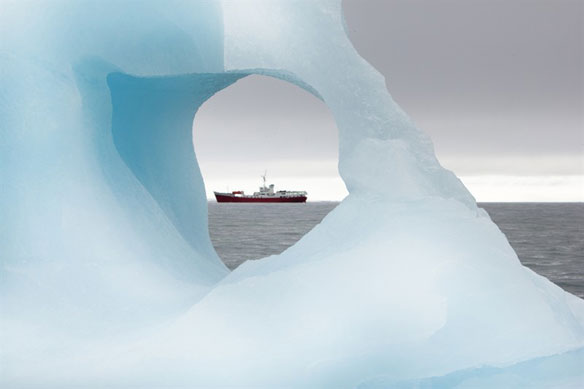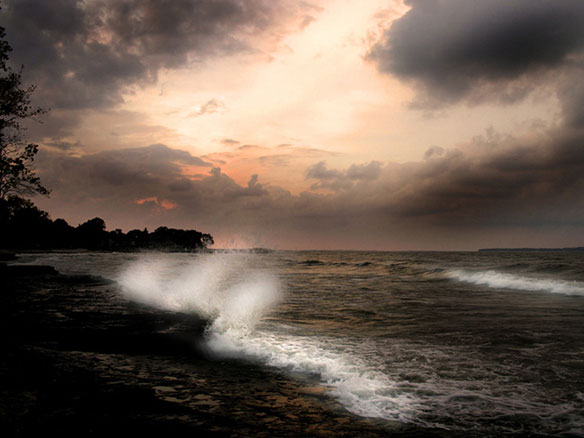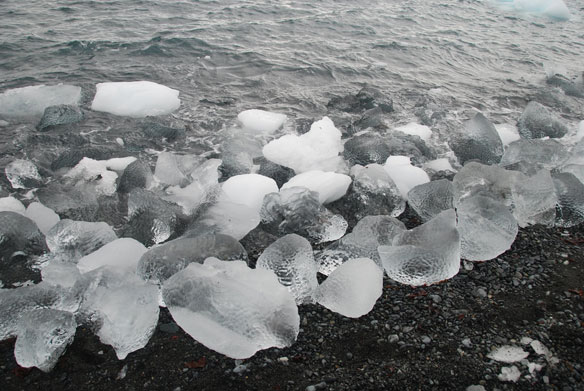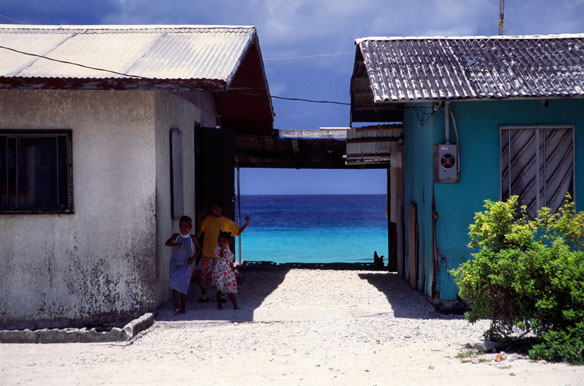Significant Contribution of Greenland’s Peripheral Glaciers to Sea-Level Rise

Glaciers at the edge of Greenland which are not connected to its huge ice sheet, or can be clearly separated from it, are contributing to sea-level rise much more than previously thought.
Hunting High Sea Levels in South Africa

Along the coast of South Africa, researchers explore ancient rock formations dating to a period about 120,000 years ago when the earth was warmer and sea level was higher than today, trying to find clues and determine just how high the oceans might rise in a warmer world.
Canada’s Arctic Glaciers Headed For Unstoppable Thaw

Canada’s Arctic Archipelago glaciers will melt faster than ever in the next few centuries.
The Making of Antarctica’s Hidden Fjords

Antarctica’s topography began changing from flat to fjord-filled starting about 34 million years ago. Knowing when Antarctica’s topography started shifting from a flat landscape to one with glaciers, fjords and mountains is important for modeling how the Antarctic ice sheet affects global climate and sea-level rise.
As Sea Ice Melts, Storm Surges Batter Arctic Coasts

As each Arctic summer brings less sea ice, two new studies warn of major changes, from devastating storm surges to huge increases in shipping.
Uneven Global Sea-Level Rise Predicted

Scientists have known for some time that sea level rise around the globe will not be uniform, but in this study researchers show in great detail the global pattern of sea-level rise that would result from two scenarios of ice-loss from glaciers and ice sheets.
Reduced Sea Ice Disturbs Balance of Greenhouse Gases

The widespread reduction in Arctic sea ice is causing significant changes to the balance of greenhouse gases in the atmosphere. This is shown in a new study conducted by researchers from Lund University in Sweden, among others.
Filipino Super-Typhoon An Ominous Warning Of Climate Change Impact

Philippines is having to adapt and adjust to rapidly deteriorating climatic trends at a great cost to its economy
Islands Want UN To See Climate As Security Threat

The Marshall Islands and other low-lying island nations appealed to the U.N. Security Council to recognize climate change as an international security threat that jeopardizes their very survival.
